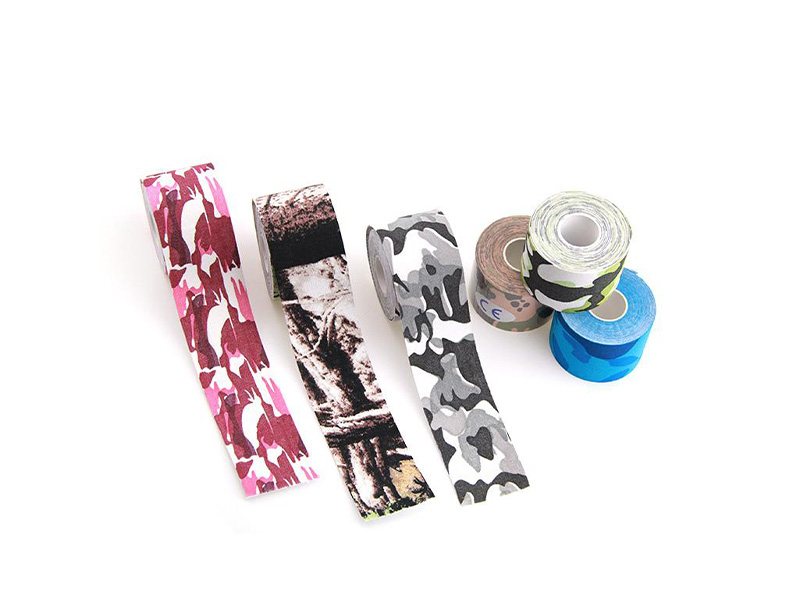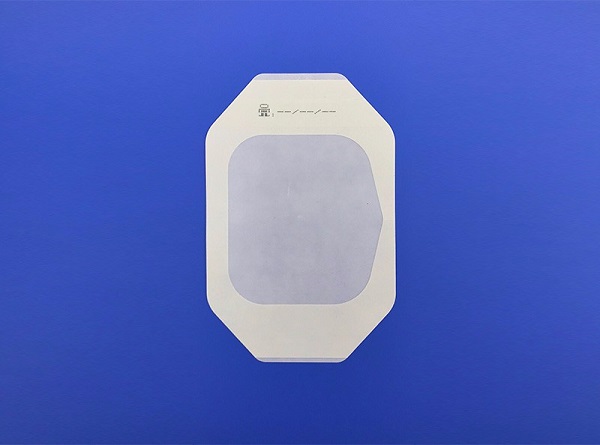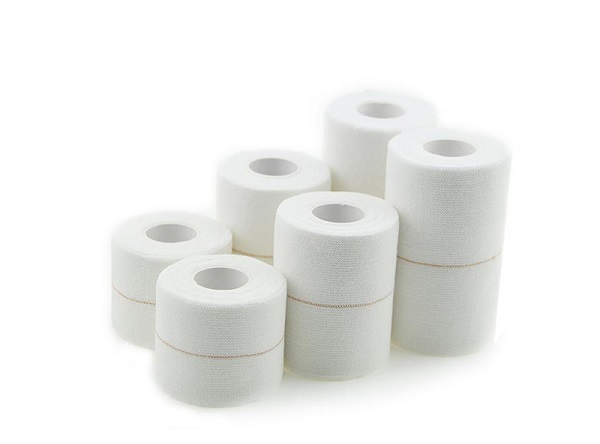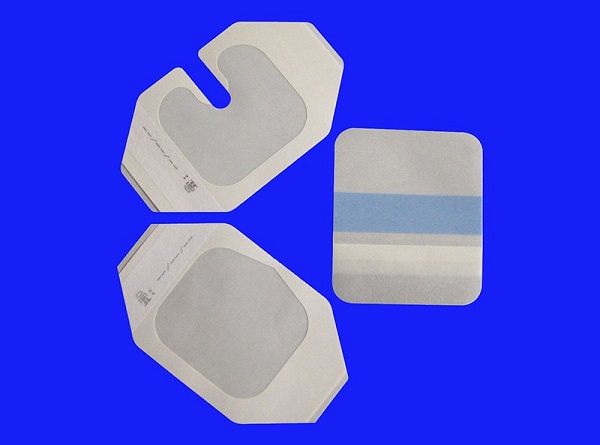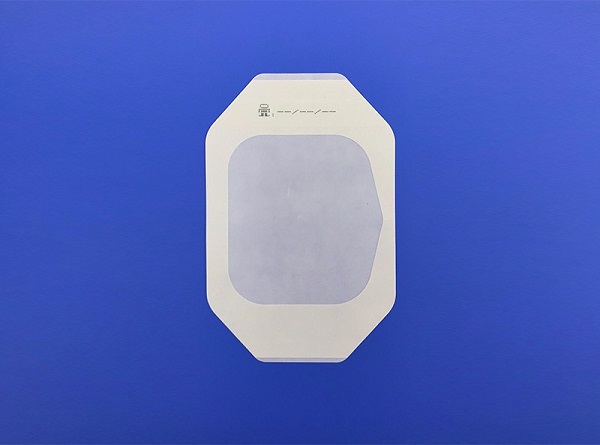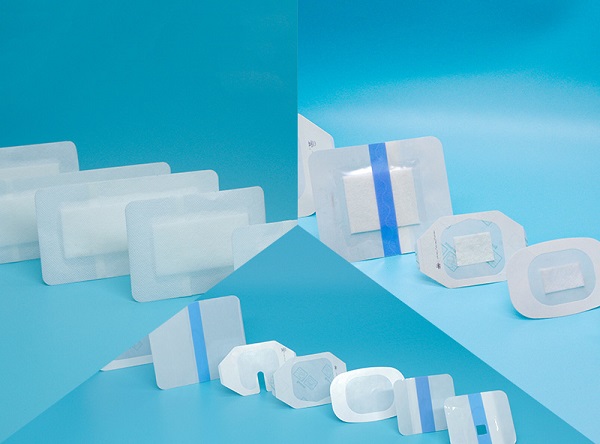How to Choose the Right Wound Dressing Plaster for Different Wounds?
15/11/2024
Wound dressing plasters are constantly evolving in the medical field, providing multiple options for wound care. So, how to choose the appropriate wound dressing plaster for different types of wounds?
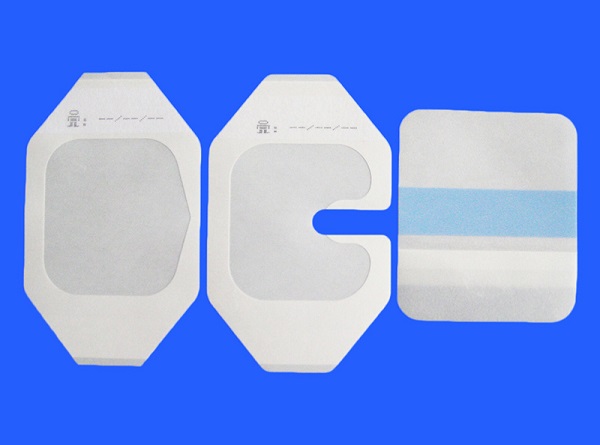
1. Common wound types and dressing selection guidance
(1) Cutting injury
Cutting wounds usually have neat edges and deeper wounds. For such wounds, it is necessary to choose a wound dressing plaster with good water absorption and antibacterial properties. Transparent surgical film can be used as an option, which can protect the wound while preventing bacterial invasion, and has a certain degree of breathability, which is beneficial for wound healing.
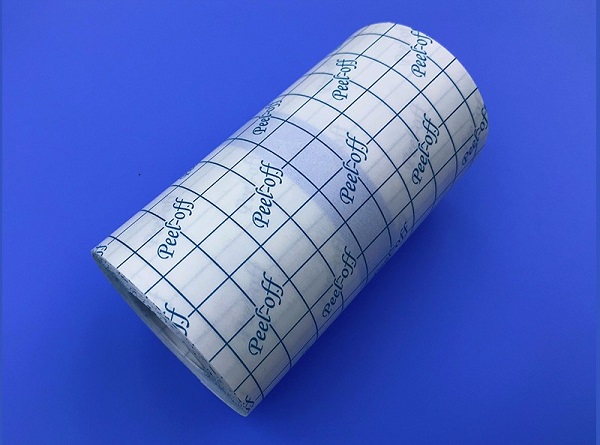
(2) Scratches and abrasions
Scratches generally have a larger area and shallower wounds. At this point, you can choose a breathable woven dressing plasma, such as elastic woven dressing. This dressing can fit the shape of the wound, providing comfortable protection while allowing air circulation and promoting wound dryness.
(3) Burns
Burn wounds are complex and require special care. For mild burns, a wound dressing plaster with moisturizing and antibacterial properties can be used. For severe burns, professional medical treatment and special dressings may be required, such as transparent surgical film combined with other functional dressings.
(4) Postoperative wound
The wound after surgery requires high protection and antibacterial properties. Transparent surgical film and wound dressing plaster with antibacterial properties are common choices. They can effectively prevent external bacterial infections and promote wound healing. At the same time, for some parts that need to be fixed, elastic wound dressing can also be considered for auxiliary fixation.
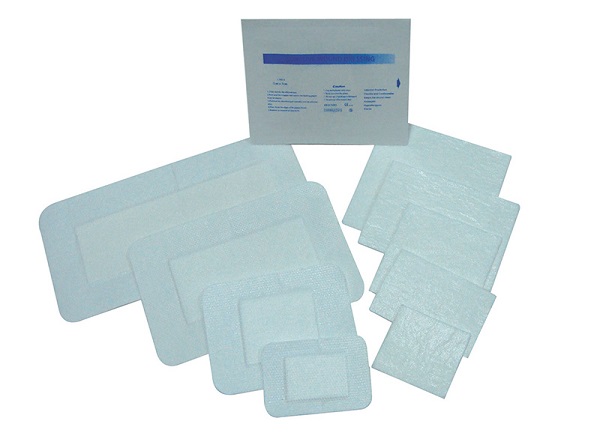
2. Requirements and selection methods for dressings for different wounds
(1) Breathability requirement
For wounds that are prone to sweating or are in a humid environment, breathability is very important. For example, for abrasions and partial surgical wounds, choosing a breathable wound dressing plaster can prevent the wound from getting wet and reduce the risk of infection. Elastic wound dressing and some specially designed wound dressing plasters usually have good breathability.
(2) Water absorption requirement
For wounds with exudate, such as cuts and burns, it is necessary to choose dressings that are absorbent. This can absorb the exudate from the wound and keep it dry. Some wound dressing plasters containing absorbent materials can meet this demand.
(3) Antibacterial demand
All wounds are at risk of infection, especially burns and postoperative wounds. Choosing a wound dressing plaster with antibacterial properties can effectively reduce the likelihood of infection. Transparent surgical film and some specialized antibacterial wound dressing plasters can provide good antibacterial protection.
3. Common Misconceptions in Choosing Wound Dressing Plaster
Choosing the wrong wound dressing plaster can have serious consequences. If the chosen dressing is not breathable, it may cause the wound to become damp, breed bacteria, and delay wound healing. If the dressing does not have water absorption, exudate will accumulate around the wound, causing infection. In addition, if the chosen dressing does not have antibacterial properties, the risk of wound infection will also increase.
For example, using nonmoisturizing dressings on burn wounds may cause the wound to dry out, exacerbate pain, and affect healing. Choosing dressings with insufficient adhesion for postoperative wounds may lead to dressing detachment and increase the risk of infection.
In short, it is crucial to choose the appropriate wound dressing plaster for different types of wounds. Choose based on the type of wound, special needs, and individual circumstances. In the selection process, it is important to avoid common selection errors and ensure that the most suitable wound dressing plaster is chosen. If you need high-quality wound dressing plaster, Bettering is your most reliable choice. Bettering offers various types of wound dressing plasters, including transparent surgical film, elastic wound dressing, transparent IV dressing, etc., to meet the care needs of different wounds. Let's choose the wound dressing applicator correctly to provide the best guarantee for wound healing.
